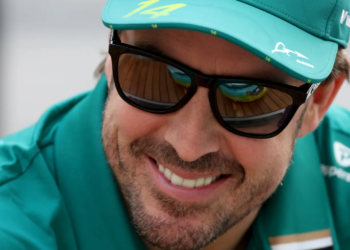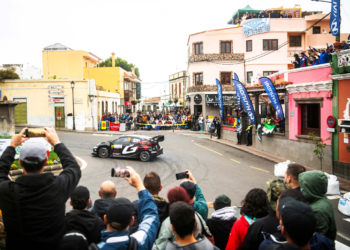Dan Gurney, who has died at the age of 86, was a colossus in motor racing history.
A racer, a team owner, a car manufacturer and a sage. Gurney was so popular in the United States in the mid-1960s that Car & Driver suggested that he run for President.
Gurney was tall (6ft3), graceful and handsome, dashing and charming. He was the archetypal schoolboy hero. He had it all. He won races in Formula 1, Indycars, NASCAR, CanAm and TransAm, not to mention sports cars. His biggest victory came at Le Mans in 1967, when he and AJ Foyt shared a Ford GT40, afterwards spraying champagne from the podium, starting a tradition that is now integral to all celebrations in motorsport today. That same summer he won the Belgian Grand Prix in one of his Eagles, to become only the second American to drive an American car to a Grand Prix victory, following Jimmy Murphy’s win in France in 1921, in a Duesenberg.
Gurney also invented the gurney flap, a small metal attachment that was bolted to the trailing edge of a rear wing to create more downforce without too much additional drag.
He was the first F1 racer to use a full-faced helmet.
In F1 circles, there was only one Dan.
Born on the affluent north shore of Long Island (Gatsby country), in New York in April 1931, Gurney was the son of John Gurney, a celebrated bass-baritone who sang with the Metropolitan Opera. After he retired in 1947 John Gurney moved his family to sunny California, settling in Corona del Mar, where he became a portrait artist and furniture designer. He still sang on occasion, notably the national anthem at the inaugural Long Beach Grand Prix.
Dan was a part of the 1950s sports car boom in California and was quickly spotted by Ferrari’s US agent Luigi Chinetti. He was invited to join the Ferrari factory team at Le Mans in the summer of 1958. His smooth and elegant driving style and his speed won him a place racing a works Ferrari F1 car in selected races in 1959, beginning at the French GP. He moved to BRM in 1960, but in Holland suffered a brake failure which caused him to crash, breaking an arm and killing a young spectator. He changed his driving style after the accident and developed a marked distrust of engineers.
The change in F1 regulations led him to a switch to the Porsche factory team in 1961 and he won his first World Championship victory the following year at Rouen, before moving to Brabham from 1963 to 1965, when he showed his pace but was often let down by mechanical trouble. With the arrival of the new 3-litre Formula 1 in 1966 he started his own Anglo American Racers and began competing with the Eagle-Weslake, winning his first victory in Belgium in 1967. His Eagles were successful in the US but struggled with the Weslake V12s and Gurney shut down the F1 operation in 1968 and he raced for McLaren on and off that year and in 1970. His Eagles – in Indycars and later in IMSA sports cars won 78 races (including the Indianapolis 500, the Sebring 12 Hours and the Daytona 24 Hours. His factory cars won eight different championships, while customers using his cars won three Indianapolis 500s and three championships. He was one of the founders of CART.
In later years he developed a low-rider motorcycle called the Alligator, hoping to license the design to a major manufacturer.
Gurney married German Evi Butz – Norbert Haug’s sister – in 1969 and they had four sons, Justin, Alex, Dan Jr. and Jimmy.






